At any random point in the last century, somebody, somewhere has been writing an article on “a new golden age for horror”. Meanwhile, somebody else was arguing that the genre is in terminal decline. In truth, horror has never gone away. Every era has its defining shocker. Certain themes remain consistent; others get dragged in to reflect current discontents. What follows is no serious effort to identify the best horror from each decade. We seek merely to confirm that every generation scared itself in its own memorable fashion. Hop your way through history on islands of unease.
1910s
Les Vampires (1916)
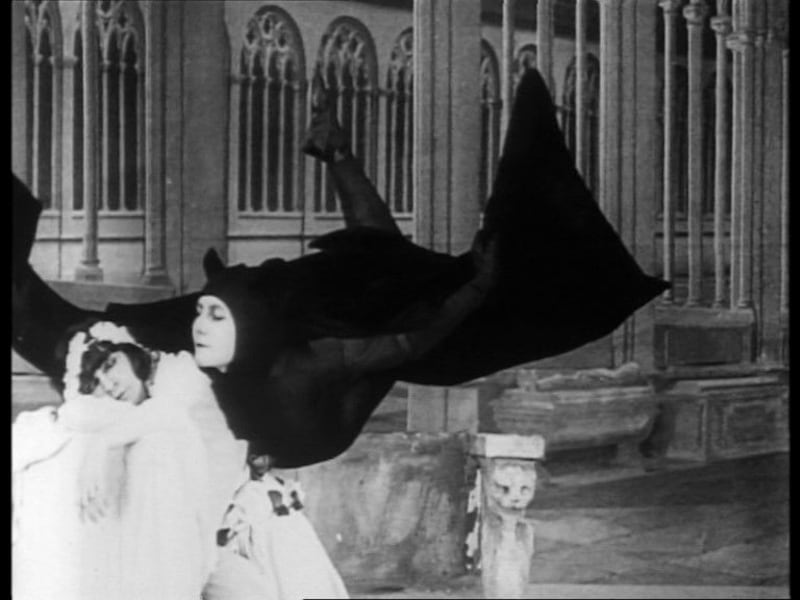
The Germans set the ball rolling with a series of legendary horrors: The Student of Prague, The Golem, Fear. But the most durable and influential entry of the decade was surely Louis Feuillade's French serial concerning an underground gang who name themselves for the most indestructible of horror staples. Available in a lovely boxed set from the BFI.
1920s
Nosferatu: A Symphony of Horror (1922)
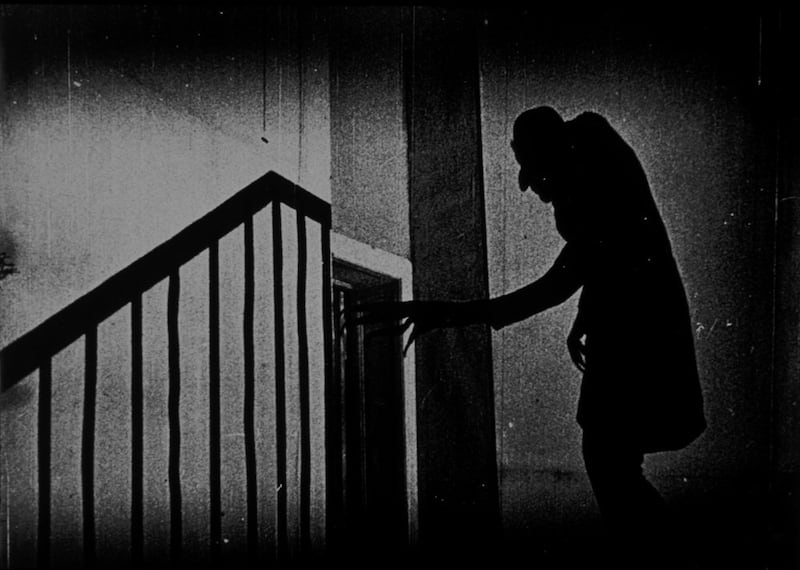
Now the competition really heats up. Is The Cabinet of Dr Caligari really a horror? Where the heck are Lon Chaney classics such as The Unknown or Phantom of the Opera. We apologise and lean towards F W Murnau's legally dubious take on Dracula. Long considered lost after Bram Stoker's widow sued, the picture made an unforgettable bipedal rat of the great vampire. Remade memorably by Werner Herzog.
1930s
The Bride of Frankenstein (1935)
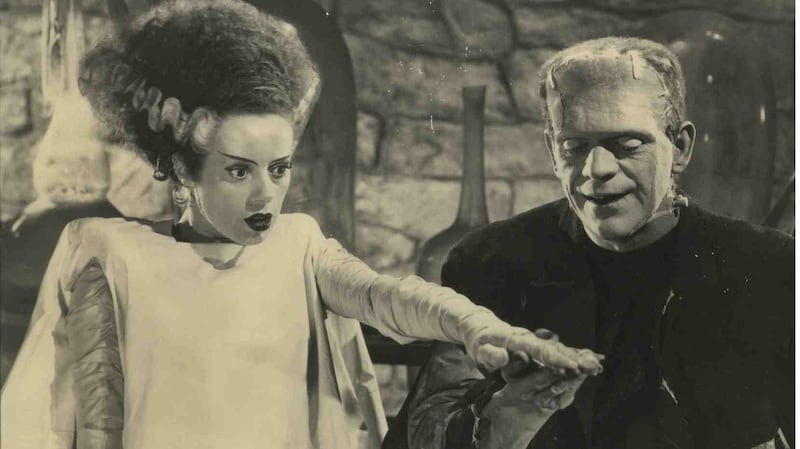
An undisputed, untouchable golden age for the American horror film, the interwar years brought audiences Tod Browning's Dracula, the same director's Freaks, Karl Freund's The Mummy and James Whale's uproarious The Old Dark House. A subversive film made on a grand scale, Whale's sequel to his own Frankenstein edges just ahead of the pack. So grimly and camply funny that it could also compete for best comedy of the decade.
1940s
I Walked with a Zombie (1943)
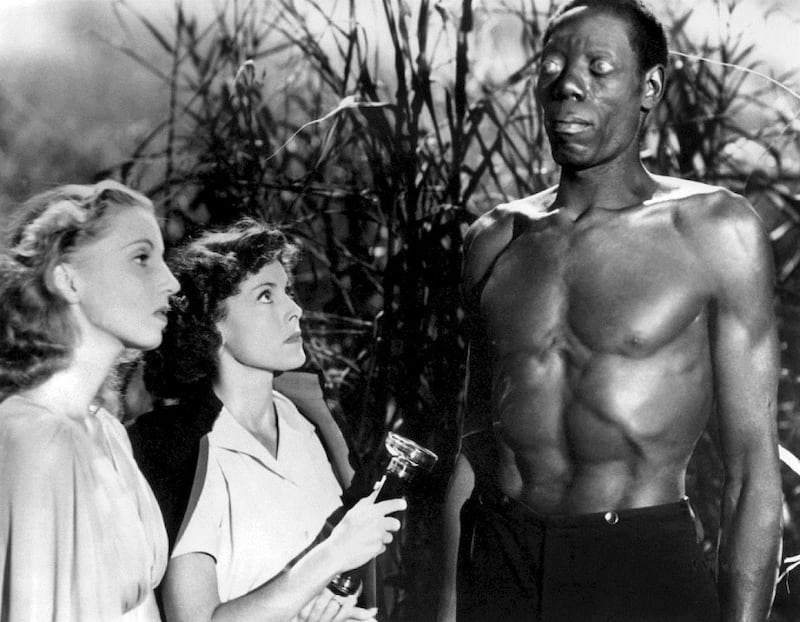
The Universal Studios horror movie slackened in the war years with a series of increasingly unlikely "X meets Y" mash-ups that anticipated the Marvel universe by decades. The best work in America was being done by B-movie specialists such as Jacques Tourneur and his producer Val Lewton. Drawing inspiration from Jane Eyre, I Walked With a Zombie follows a nurse's interaction with the walking dead in the Caribbean. Or is she deceived? Beautiful and ambiguous.
1950s
Diabolique (1955)
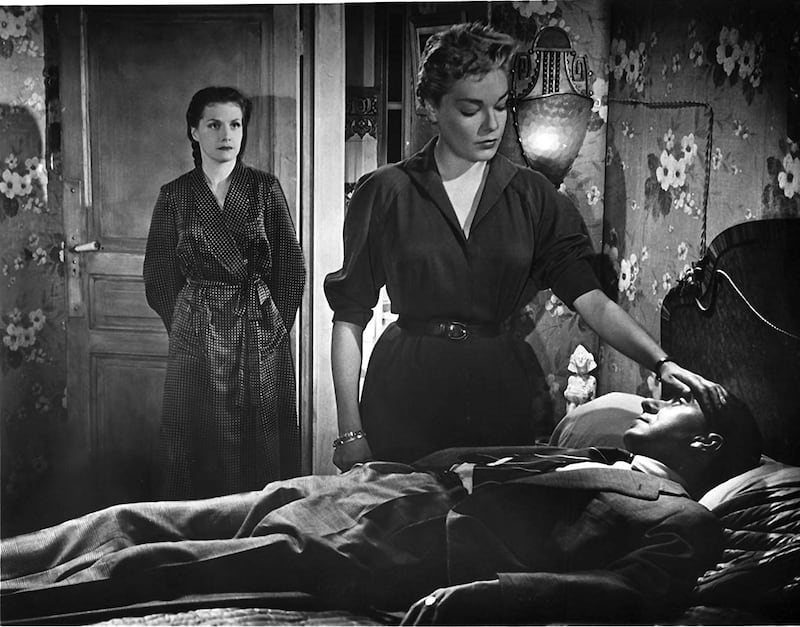
Not a horror film, you say? Well, Henri-Georges Clouzot's tale of conspiracies in a remote boarding school certainly features two or three of the great horror moments. If you've seen this indestructible thriller you'll know what we mean. We'll say no more in case you haven't. The 1950s saw the rise of science fiction in the US and the arrival of Hammer's heritage, Thames-side horror in the UK. Tourneur excelled in that country with Night of the Demon.
1960s
Rosemary’s Baby (1968)
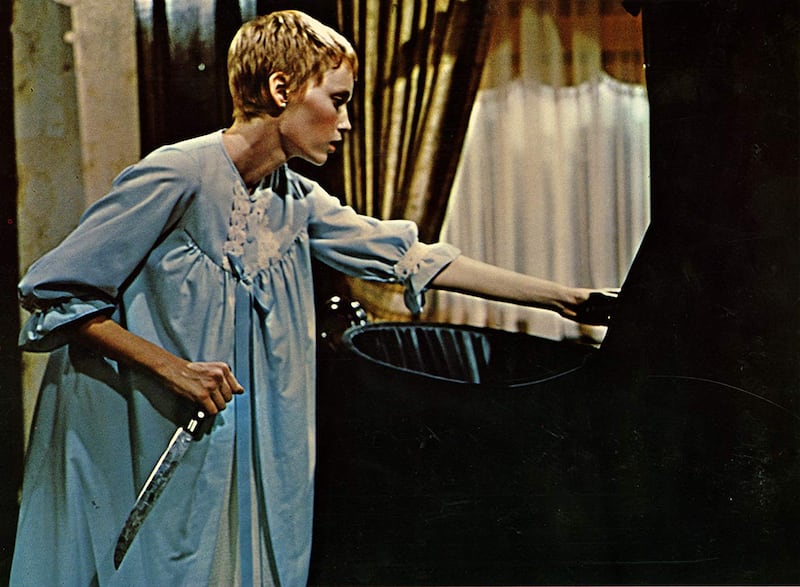
Quality horror was back all over the world. George Romero invented new genres and tones with Night of the Living Dead. Roger Corman increased the budget (slightly) with Poe adaptations such as The Masque of the Red Death. Few prestige horrors matched the queasy cynicism of Roman Polanski's Rosemary's Baby. Made a year before the director's wife Sharon Tate was murdered, the tale of possession seeps with decadence and unease.
1970s
Suspiria (1977)
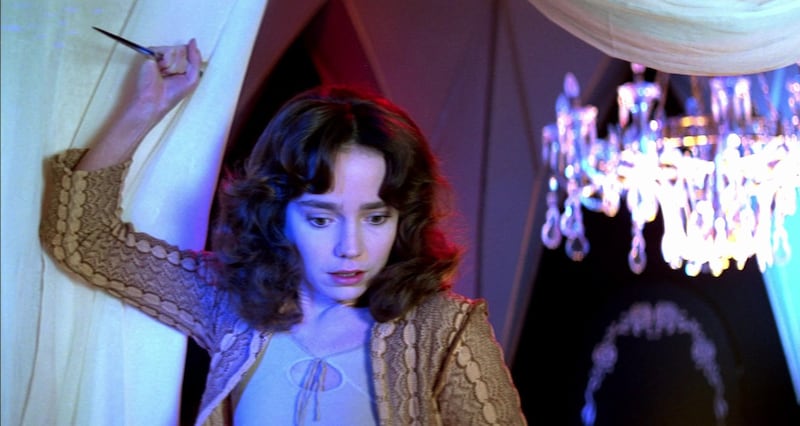
Another busy decade. John Carpenter invented the slasher flick with the still unequalled Halloween. William Friedkin created unprecedented public hysteria – ambulances outside the foyer – with the elaborate, still effective The Exorcist. Folk horror thrived in the UK with The Wicker Man and Blood on Satan's Claw. It was also a blood-red age for Italian horror. Dario Argento's Suspiria, concerning a witches' coven in a ballet school, broke new ground in the field of macabre flamboyance. Luca Guadagnino's remake is nearly here.
1980s
Dead Ringers (1988)
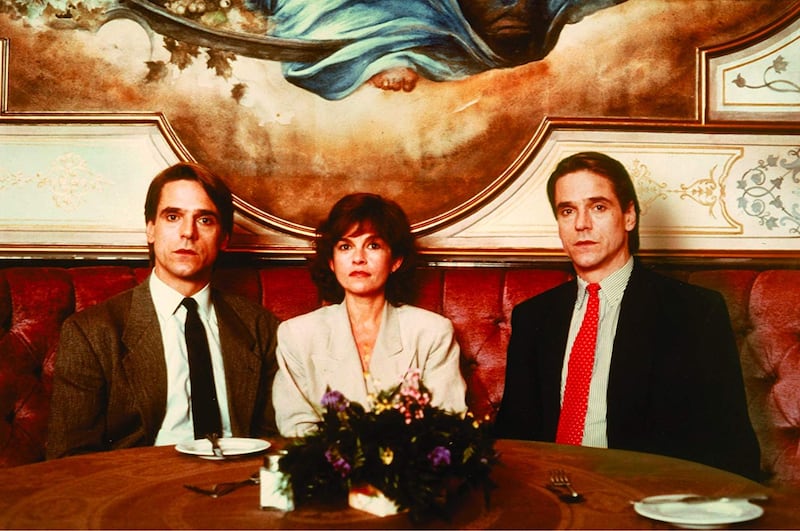
To the great nation of Canada! David Cronenberg had been unsettling astute audiences for over a decade when he delivered his greatest masterpiece. Jeremy Irons and Jeremy Irons play twins, both gynaecologists, doing awful misogynistic things in a characteristically icy version of Toronto. This was also the decade of The Shining (still great, whatever Stephen King thinks), The Evil Dead (a hoot) and A Nightmare on Elm Street (never mind the sequels).
1990s
Audition (1999)
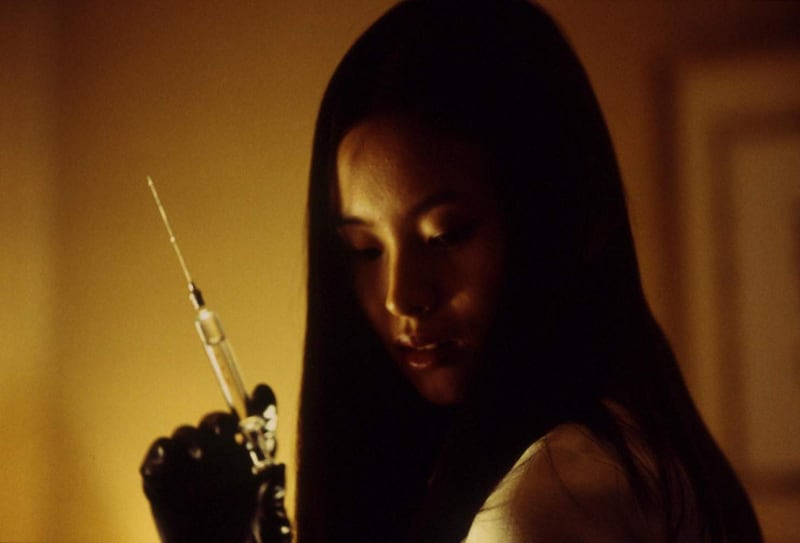
This article could be taken up with nothing but Japanese films (or indeed films from a dozen other nations). The 1990s was the era when that nation's macabre began to creep into mainstream western sensibilities. Something other than a horror for its opening half, Takashi Miike's feminist revenge thriller turns properly horrid as the final credits loom. Elsewhere, found footage was popularised in The Blair Witch Project and Guillermo del Toro delivered with Cronos.
2000s
Let The Right One In (2008)
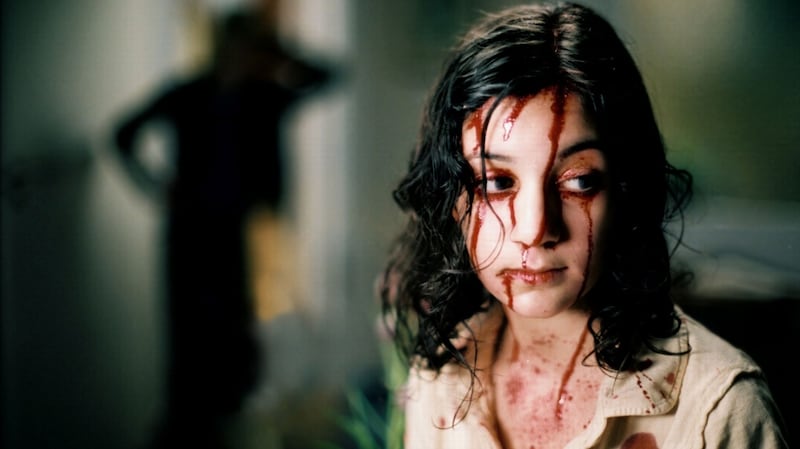
Arriving a little late, Tomas Alfredson Swedish study of an ancient vampire in a young body captured a whole trainload of millennial neuroses. Genuinely eerie, but also a powerful coming of age story. In the first decade of the 21st century, we also got the off-beat Ginger Snaps, the camp Drag Me to Hell and – bringing together many themes listed here – Edgar Wright's unavoidable Shaun of the Dead. Recall also Neil Marshall's excellent cave horror The Descent. Kim Jee-woon's A Tale of Two Sisters may have been the best of the lot.
2010s
Get Out (2017)
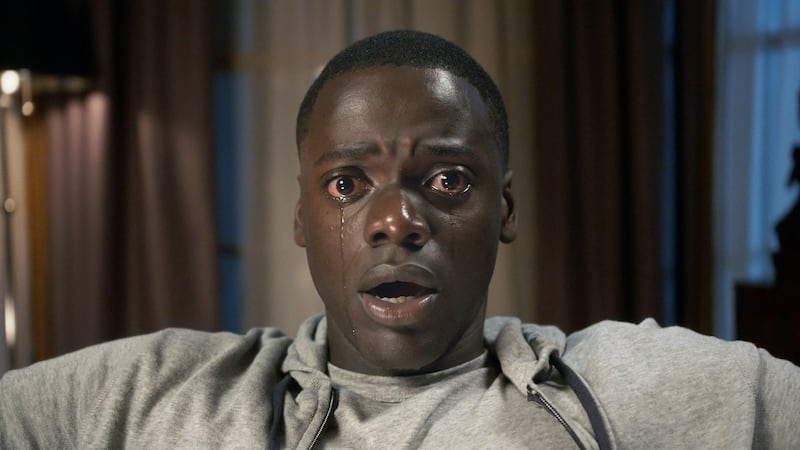
It never stops. Few decades have proved quite so fecund for quite so many varieties of horror. Jennifer Kent's The Babdook examined childhood unease. David Robert Mitchell's It follows found a new monster. Fede Álvarez's Don't Breathe did something new with the home-invasion shocker. The closest thing we had to a movement was the politically charged "woke horror". Get Out is much more than that. A bleakly funny racial satire packed with daring gags.



















